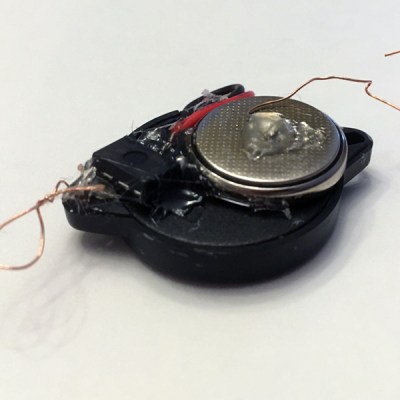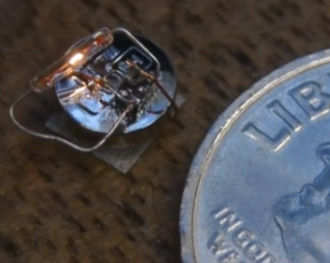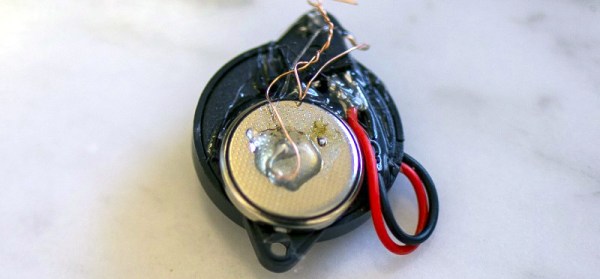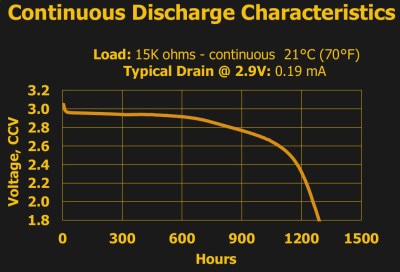This is it. This is the last weekend you’ll have to work on the most explosive battery-powered contest in recent memory. This is the Coin Cell Challenge, and it’s all ending this Monday. You have less than 48 hours to create the most amazing thing powered by a coin cell battery.

Right now, we’re looking at the entries to the Coin Cell Challenge, and there are some real gems here. Did you know the Rickroll Throwie maddeningly distributed around the dorms at Cornell is an entry? Yes, with just a coin cell, an ATtiny85, and a piezo, you can rickroll people for an entire year.
Need some more inspiration? Anthropomorphized pool noodles need love. CES is coming up next weekend, which means you too can get kicked out for life, just like Gizmodo reporters. The Northeast is suffering through a cold snap right now, so let’s try jumpstarting a car with a coin cell battery. There are a million and one things you can do with a coin cell battery, and we want to see what you can do with them.
The top twenty projects for this contest will each receive $100 in Tindie credit to pick up some fancy kits and cool gear. The three top winners will each receive a $500 cash prize. We’re looking for three things specifically — a Lifetime Award that keeps a project going longest, a Supernova Award that drains a coin cell in the blink of an eye, and a Heavy Lifting Award that demonstrates what shouldn’t be possible with a simple coin cell.
This is your last weekend to submit a project, and the contest ends Monday afternoon, Pacific time. Enter now!


















